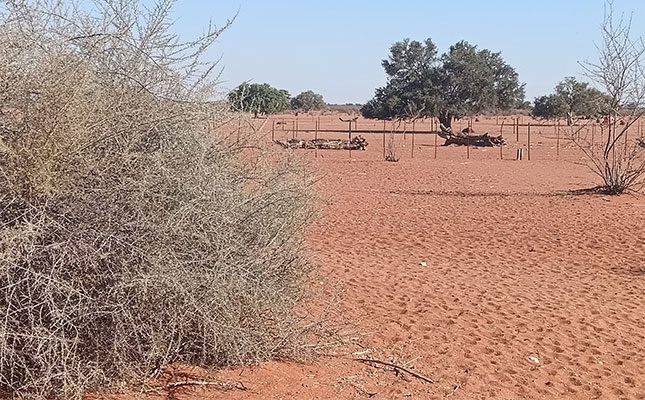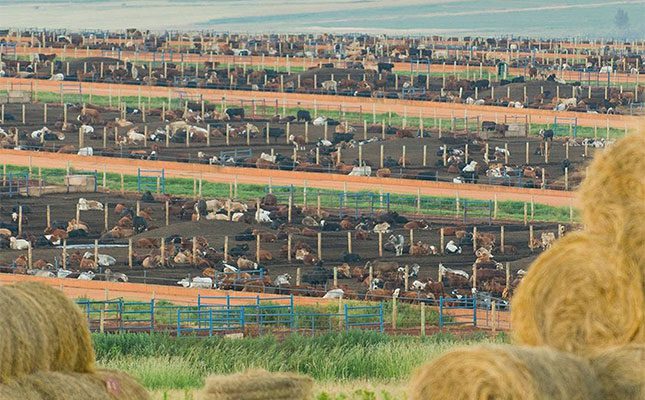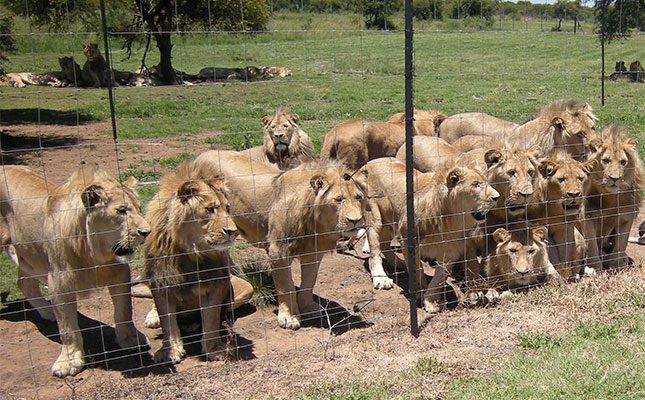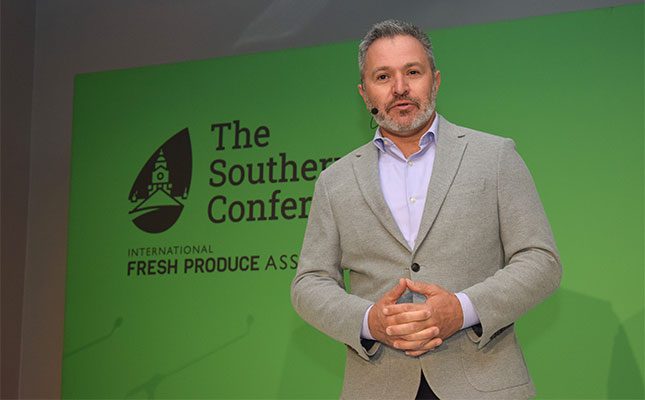
Photo: Annelie Coleman
“After enduring its third consecutive extreme agricultural drought in 2023 to 2024, the country has seen crop production plummet, and over 10% of the population [is] now facing food and nutrition insecurity,” according to the report.
READ ‘Dexters carry us through the drought’
The report, titled ‘Drought Hotspots Around the World 2023–2025’, highlighted how droughts compounded poverty, hunger, energy insecurity, and ecosystem collapse. It also showed how Botswana’s coping mechanisms had been strained by the extended drought in Southern Africa, leaving the country with severe soil moisture deficits and vegetative stress.
A year ago, Elias Magosi, executive secretary of the Southern African Development Community, told the media that around one in six people across the region (about 17% of the total population of 68 million) were food insecure.
According to the UNCCD Executive Secretary Ibrahim Thiaw: “Drought is a silent killer. It creeps in, drains resources, and devastates lives in slow motion. Its scars run deep. Drought is no longer a distant threat. It is here, escalating, and demands urgent global cooperation. When energy, food, and water all go at once, societies start to unravel. That’s the new normal we need to be ready for.”
The report identified Somalia, Ethiopia, Zimbabwe, Zambia, Malawi, Botswana, and Namibia as the most serious drought hotspots in Africa. Over 90 million people across Eastern and Southern Africa faced acute hunger, with some areas experiencing the worst droughts on record.
READ Drought, through the eyes of farmers
In Ethiopia, Zimbabwe, Zambia, and Malawi, maize and wheat crops had failed repeatedly. In Zimbabwe alone, the 2024 maize crop was down 70% year-on-year, maize prices had doubled, and 9 000 cattle had died of thirst and starvation, the report stated.
It added that Zambia suffered one of the world’s worst energy crises when, in April 2024, the Zambezi River dropped to 20% of its long-term average.
Located on the river, the Kariba Dam, the country’s largest hydroelectric plant, fell to 7% generation capacity, causing power outages of up to 21 hours a day, forcing hospitals, bakeries, and factories to close. This crisis was exacerbated by the lingering effects of the El Niño-driven drought that affected Southern Africa.









